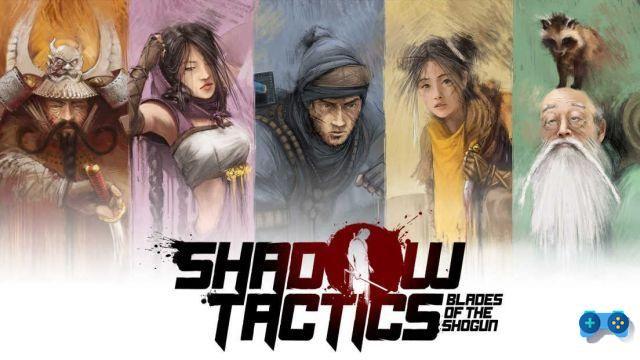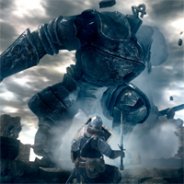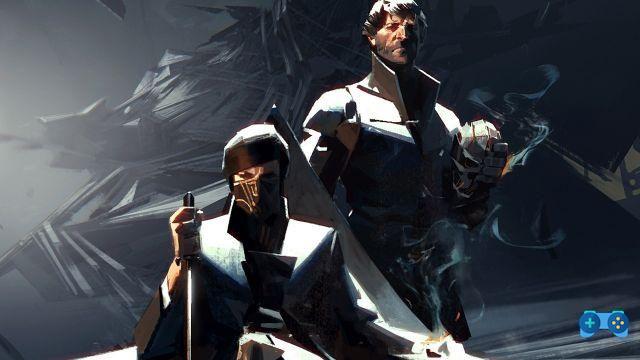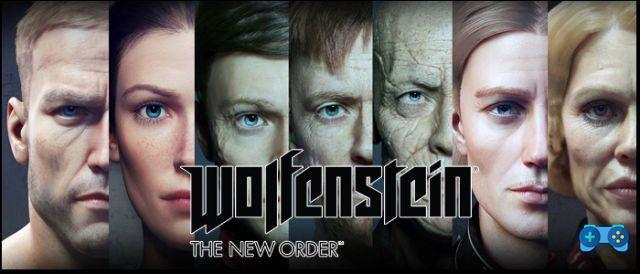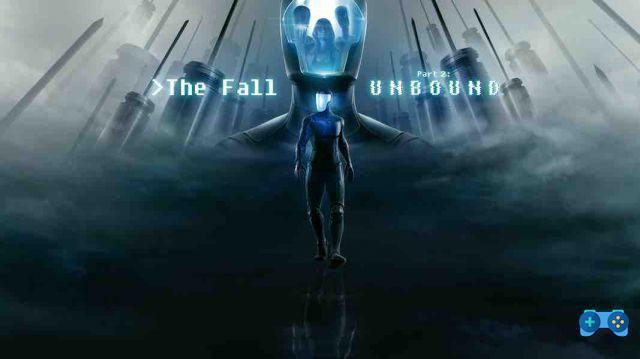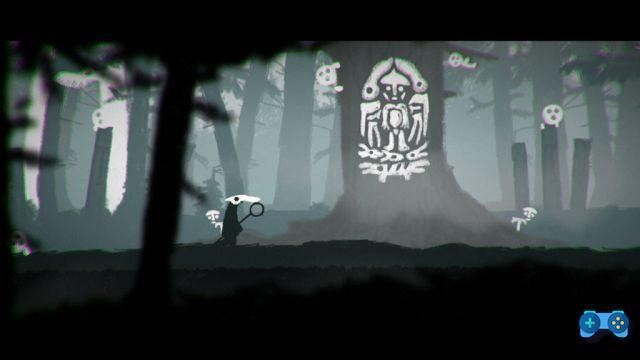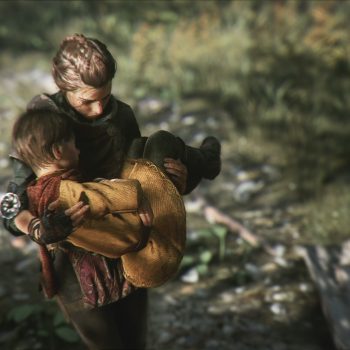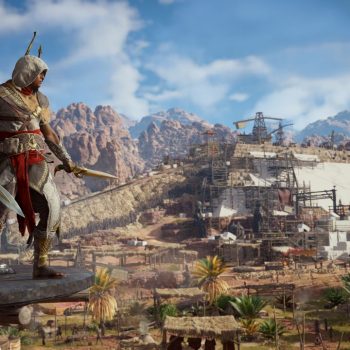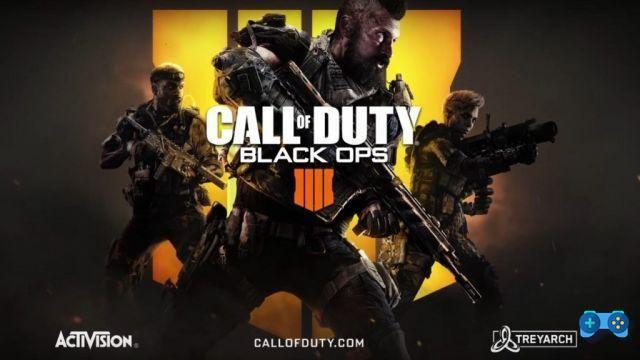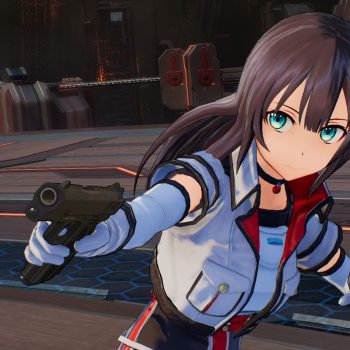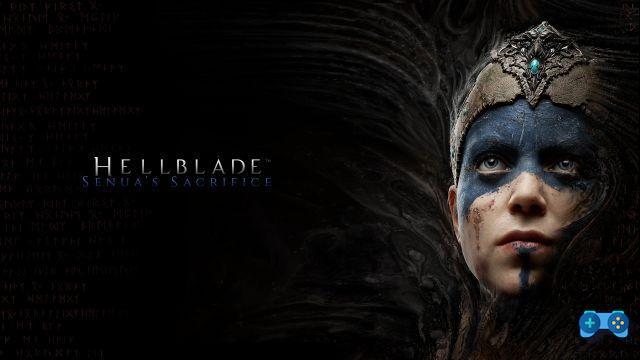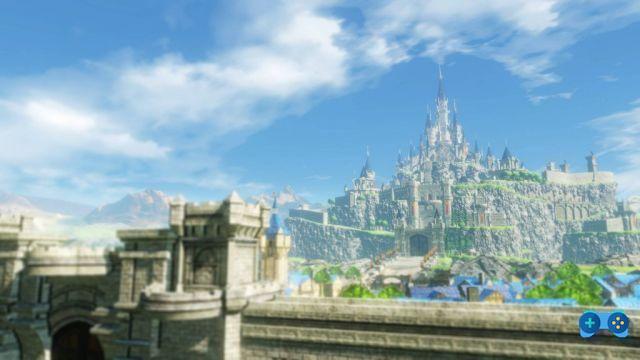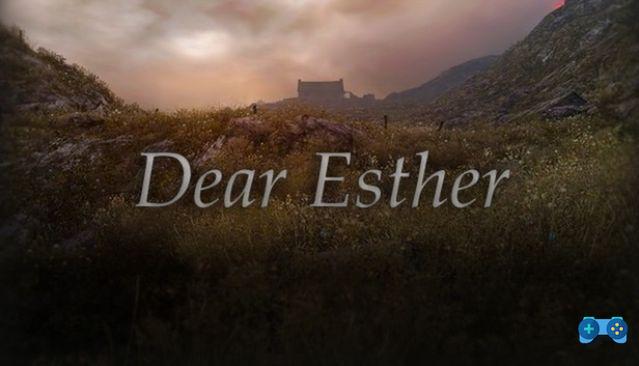Five warriors on a mission in Feudal Japan.
PC tested version.
Raise your hand if you played those masterpieces as a kid stealth game in isometric view on PC. You know those games in which at a glance you had the whole map (or almost) at your glance, and you had to reach various objectives without being discovered and stealthily eliminating the enemies present, one at a time? Here it is. We are talking about titles like the trilogy Commandos, Airborne Ranger, Syndicate: all games that show either that you are old enough or that you have enough good taste to have gone to retrieve them at a later time.
But real-time tactical stealth games represent a niche among the niches, in Europe and America even RPGs boast a larger number of loyalists. However, this did not stop Mimimi Productions from trying the same, a studio animated by a deep passion for the genre in question, to the point of investing time and resources. Thus was born Shadow Tactics: Blades of the Shogun. More: the developers have adhered to the basic mechanics of the type of game, without necessarily seeking compromises with modern times in order to attract more players than they should. After all, why ruin what already works for fans, just to attract new (dubious) supporters?
Our heroes
When we talk about the Edo period (around 1600 - 1868), it is immediately natural to associate the name with the boundless Japanese imagination full of myths and legends about ninja, samurai and Shogun. It could not be otherwise given that the shogunate, ruled for almost three centuries by the Tokugawa clan, not only was the proponent of a repressive and isolationist feudal policy which in any case led to a certain internal stability, but also laid the foundations for what it will become modern Japan. The guys from Mimimi Productions take us to 1615, when a new Shogun manages to take over. In a climate full of hatred, dissent and political instability, the new Shogun hires five atypical professionals (each obviously endowed with peculiar characteristics and abilities) who will deal with thwarting possible conspiracies and uprisings perpetrated by the rebels led by the mysterious Kage-sama through a very long campaign with a high level of difficulty.
Unfortunately, the narrative is slow and predictable, and fails to give us any truly epic moments. The development team has tried to shore up this shaky aspect by loading the five protagonists with personalities that appear excellently hatched and, in most cases, in stark contrast to each other. This allows for well-written exchanges of words (as well as well recited in English or Japanese, depending on your preferences), aimed at deepening the background and motivations that push each single supporting actor to support the cause of the Shogunate.
Quiet and deadly
Shadow Tactics: Blades of the Shogun begins with the first of the thirteen maps that make up the game's campaign, used for learning the mechanics. Incredibly we are faced with a tutorial that does not spoil the player, but that was built with an excellent one: the map is divided into micro areas, each of which introduces a new mechanic to use to overcome it. Of course, there are very short scrolls to read, but we act immediately and directly, without some higher entity blocking the game every three seconds to explain what to do.
In the first level we also get to know three of the five characters that we will control for the rest of the adventure: Hayato, a ninja highly versed in the arts of stealth. Mugen, a samurai capable of eliminating anyone with a single stroke of his sword. Takuma, a very skilled sniper who can kill even from tens of meters away. The two missing characters, the orphan Yuki, specializing in setting traps, and Aiko, master of disguises, are introduced in subsequent missions, intelligently focused on them, so as to allow the player to practice their skills. After all Shadow Tactics: Blades of the Shogun it really requires learning to read a situation and decide how to act to overcome it, evaluating the resources available. Failing means losing (just the death of a character and it's game over) or complicating life enormously due to the reinforcements called by our opponents.
The levels will be faced with these very limited resources available: having learned the approaches and skills of the individual protagonists, we will have to carefully study every single detail of the game maps, made in an excellent way, to choose which path to follow and how to act. You can hide in the shadows, choose the direct and combative approach (which 95% of the time will lead to immediate death), collect objects of interest and deceive enemies by placing traps. Artificial intelligence is one of the winning elements of the production: the guards are extremely cunning, they will even notice the disappearance of an enemy who until recently was carrying out the patrol next to them. Does it seem little to you these days?
Anyone has some limits
If we must also talk about production defects, the most obvious and annoying is the management of the camera and the confusion it creates in some situations. Mimimi's game is fully 3D, with the map that can be rotated or zoomed. Indeed, doing so is essential to discover elements of the scenario covered by the standard shot (which can always be recalled), which can be useful in various ways. For example, in some cases the presence of a certain route is understood only after rotating the map. This, taken alone, is not a big deal, despite the annoyance with legibility. More serious is the fact that in some cases the interactive elements overlap, leading to commit gross errors. For example, we happened to just want to have a character walk from bush to bush and find him jumping onto a ledge instead.
From a technical point of view Shadow Tactics: Blades of the Shogun it's a fair title. The overhead shot helps mask some problems with 3D models, most noticeable when zooming in a lot. In general, technically we are dealing with an average production, capable of doing its own and nothing more. Of course, since the artistic quality is satisfied with sufficiency, we could at least focus on the “charisma factor”, but the team was satisfied with the results achieved or in who are we to judge them? Some dialogues are less convincing, unsuitable for Japan at the beginning of 1.600, the years in which the game is set: above all the Americanisms are sometimes too evident and annoying. Good soundtrack, with bran
the particularly suitable and suitable for the environment and the situations proposed.
Final commentShadow Tactics: Blades of the Shogun is the very welcome return of a genre that we had by now given up for dead. However, its difficulty could make players who have never tried a Commandos before, or who has adapted to the generally rather nuanced challenges of the titles of recent years, give up after the first minutes of play. But if you are not afraid to try and retry the same levels, studying enemies, situations and details of the scenario, Mimimi Productions has just given you a big gift. |
| For | Cons |
|---|---|
| - A welcome return - Interesting characters and storytelling - Intelligent and satisfying mechanics | - Camera sometimes dancer - Very high difficulty |
| Overall rating: 75 |
Deprecated: Automatic conversion of false to array is deprecated in /home/soultricks.com/htdocs/php/post.php on line 606




